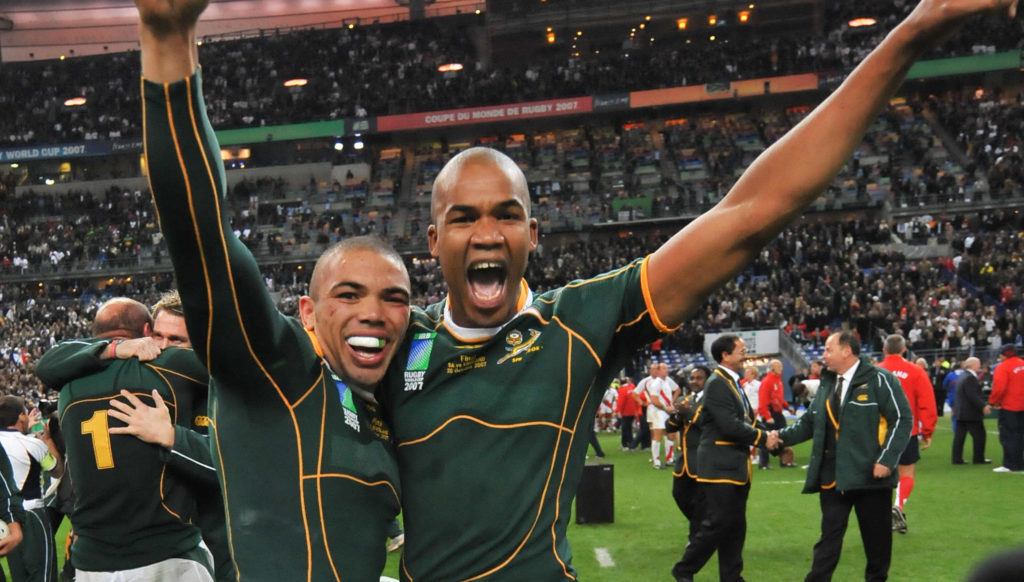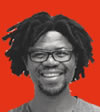JP Pietersen retired without much fanfare, but his impact on the game will never be forgotten, writes SIMNIKIWE XABANISA in the latest SA Rugby magazine.
ALSO READ: What’s in our latest issue?
It’s not often that a Rolls-Royce passes through and almost no one turns to have a look. Looking at the muted response that met JP Pietersen’s recent retirement, it’s tough not to feel that is what happened with a career that was much better than its numbers suggested.
Sharing a dressing room with men named Os du Randt, Beast Mtawarira, John Smit, Bakkies Botha, Victor Matfield, Juan Smith, Schalk Burger, Duane Vermeulen, Fourie du Preez, Frans Steyn, Jaque Fourie, Bryan Habana, among others, can dim a player’s star, but we forget that Pietersen was an absolute thoroughbred.
At some level the reaction by many is understandable because the announcement of the retirement took a while to catch up to the reality of the situation: Pietersen rejoined the Sharks in 2019 but barely played a handful of games for them in that time. The reasons for that were a combination of niggles a player his age suffers, the fact he was signed as experienced backup and Covid-19 changing whatever plans anyone may have had for the last year.
So by the time he finally made the call most thought he’d already retired because they’d hardly seen him playing for the Sharks.
Yet for all that ‘out of sight, out of mind’ conjecture, one thing nobody can deny is that the World Cup winner was a Rolls-Royce of a wing.
Having weirdly started out as a lock in junior rugby (maybe due to the physical dimensions that saw him peak at an imposing 1.90m and 106kg), Pietersen was supposed to be a fullback when he arrived at the Sharks. But legendary former Wallaby wing David Campese, who at the time was the Sharks’ skills coach, went some way towards nixing the idea by memorably declaring that Pietersen ‘couldn’t kick the cat off the porch’.
While obviously big, Pietersen wasn’t exactly what you’d call a blunt object. In fact, everything about him was deceptive: he was quicker than that loping, languid gait made him seem; stronger and more explosive than his elegance suggested, and had silky skills for a man who could be pretty physical when the mood took him.
You tend to get two types of right wings in rugby: big, aggressive bruisers like John Kirwan and Sbu Nkosi, or skilful and graceful types like Emile Ntamack and Jeff Wilson. Pietersen was largely the latter, but he could locate the nastier side to him when he felt like it (Scotland’s Dave Denton might back this up).
In a counterintuitive sort of way, the deceptiveness that accompanied his career spilled over into the perception of his Springbok career.
The stats-minded among us will point out that there’s nothing misleading about 24 tries from 70 Tests for a guy of Pietersen’s gifts.
The emotional among us will remind us that Pietersen was the player who couldn’t stop Karne Hesketh’s match-winning try when Japan rocked the world by beating the Boks in Brighton at the 2015 World Cup.
But the answers to that would be with a try-scoring glutton like Habana, scoring tries was probably not an essential part of the KPIs for the wings partnered with him, while the simple response to the tackling grumble is the 2007 World Cup quarter-final against Fiji, where Pietersen’s try-saving effort on Ifereimi Rawaqa helped douse the Islanders’ fire that barmy day in Marseille in 2007.
Pietersen had his moments, like the 12 Super14 tries that made him the top try-scorer in 2007, the two tries against England in the 36-0 drubbing at the 2007 World Cup, scoring one of the tries in the decider against the British & Irish Lions and the 2012 Super Rugby season that finally saw him at one with his potential.
But those were too few and far between. Still, I could never tire of watching him play.





